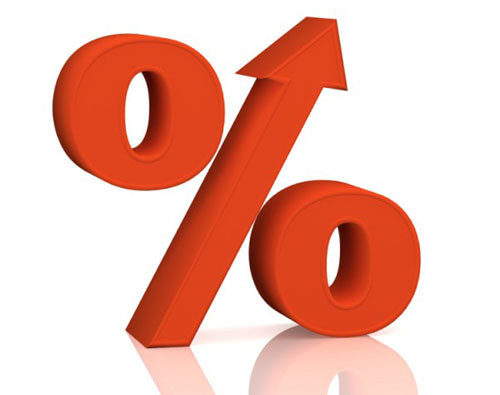Interest rates have been low since the credit crunch and there are no sign of any increases in the short term, in fact, as a result of the government’s funding for lending scheme, savings interest rates are actually falling. So what can hard pressed savers do to get the best returns on their savings? Here’s out top 6 tips.

1. Use your Cash ISA allowance.
Savers can put up to £5,640 each into Cash ISAs (Individual Savings Accounts) in the current tax year. Any interest generated will be paid without the deduction of tax, meaning a greater return. Whilst the Cash ISA allowance may appear small, it is available per person, meaning that a husband and wife can shelter interest from the taxman on over £10,000 of savings each year
2. Shop around.
You might have used the same bank or building society for years and never felt the need to look elsewhere but in these times of really poor interest rates shopping around is a must. Use the best buy tables which are freely available on a number of financial websites to check that you are getting the best interest rate on your savings, yes, it might be time consuming, but the reward is a better return on your savings
3. Take advantage of bonus interest rates.
Many accounts, particularly those offering instant access or requiring you to give notice to access your savings offer additional interest, in the form of a bonus, for a period of time, often a year, from when you open the account. The best buy instant access and notice accounts generally include a bonus rate of interest for around a year; take advantage of these offers, but remember to shop around when your bonus rate comes to an end, as the interest rate after the bonus has been removed is generally highly unattractive
4. Fixed rate accounts.
The longer you are prepared to tie up your money the better the rate of interest will be, for example a five year fixed rate bond will generally pay a significantly higher rate of interest than say a one or two year fixed rate bond. Of course, you need to be comfortable that you can tie up your savings for the term of the bond as access is generally not allowed, but the payoff for committing for a longer period is a higher rate of interest
5. Check old accounts.
This might sound obvious but so many savers leave money languishing in old accounts, often after a bonus rate of interest has been removed, which are generally paying a very uncompetitive rate of interest. Savers should regularly check the interest rate they are receiving and ruthlessly dump old accounts which don’t come up to scratch
6. Transfer Cash ISAs.
Cash ISAs broadly follow the previous four rules; the longer you tie up money for the better the rate of interest will be, bonus rates should be used but kept and eye on and old accounts should be checked for uncompetitive interest rates. However, this is where you need to take care. Cash ISAs should never be cashed in and the savings put into a new ISA, they should always be transferred. Cashing in and opening a new ISA will use your Cash ISA allowance for the current tax year, but simply transferring will mean your current year Cash ISA allowance remains unused.
Interest rates are poor at the moment and showing no signing of rising, it’s therefore crucial that we all work our savings hard to squeeze as much interest out as possible, sure, it will take time and effort, the alternative though is less money for our future.
Phillip Bray writes for Investment Sense about savings, investments and pensions, including how to find the best buy savings accounts.

